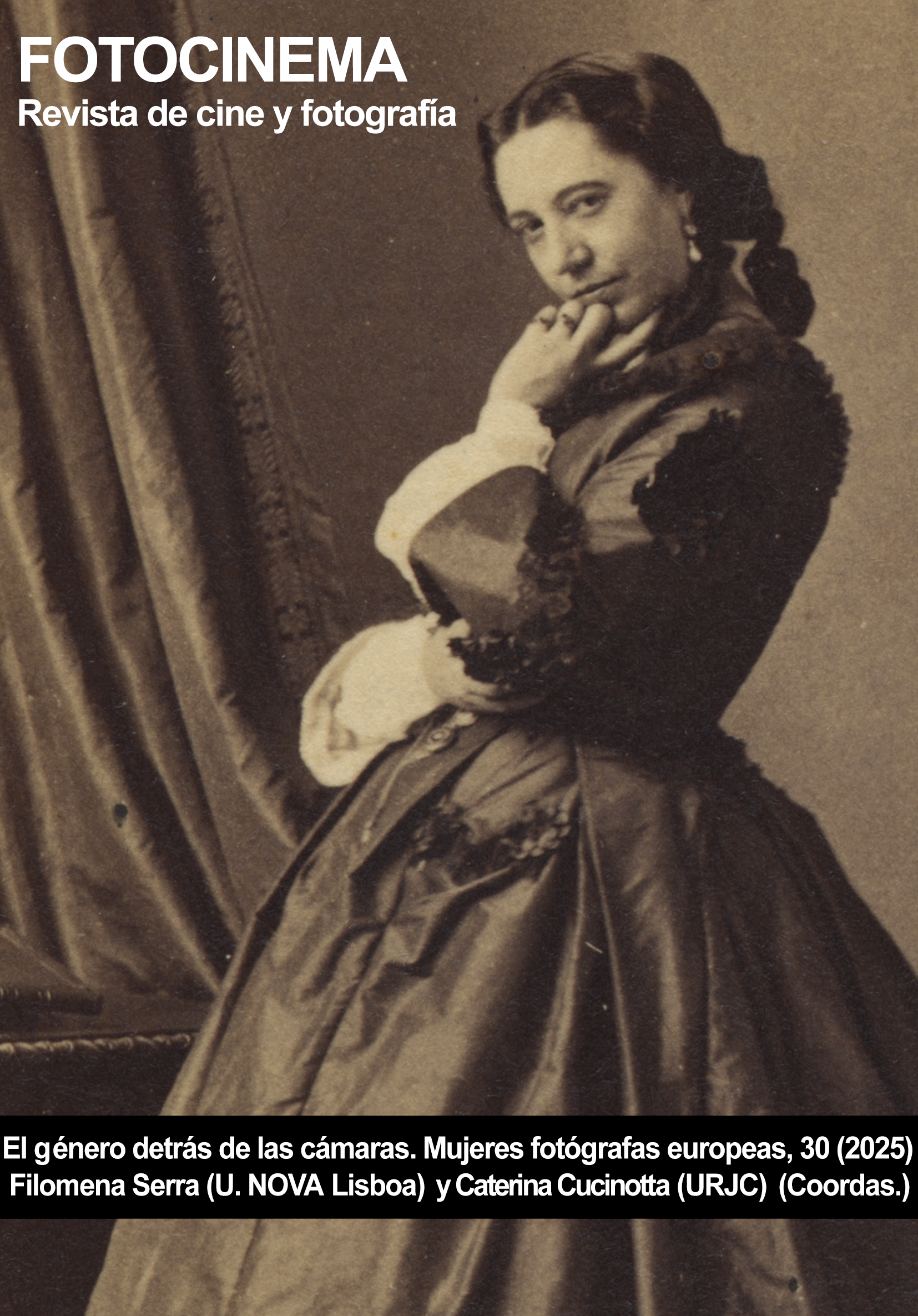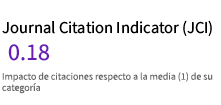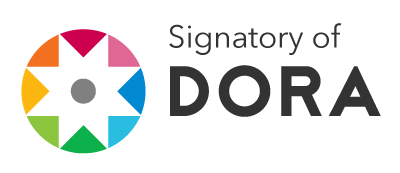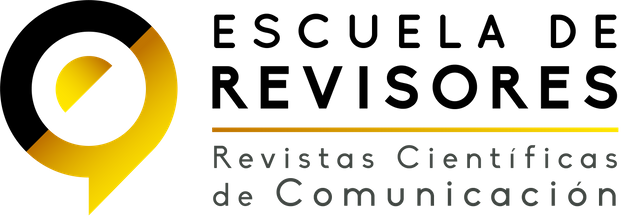Between the Documentary and the Poetic: A Conversation with Pauliana Valente Pimentel
DOI:
https://doi.org/10.24310/fotocinema.30.2025.20577Keywords:
photographer, photonarratives, photoreportage, authorial photographyAbstract
In Pauliana Valente Pimentel's studio, in the Coruchéus complex in Lisbon, photographs are arranged in an apparent randomness. They are lives told in images, but there is a latent tension between the documentary and the poetic - the lyrical subjectivities that cross the objectivity of the lens, transform everyday life into a spectacle that has just ended or is about to begin. Curiously, she's a geologist. Although photography is decisive in science, it was in capturing human geology that Pauliana Valente Pimentel found her vocation: her work exudes the intersection of the oneiric universe and narrative improvisation, which is nonetheless real and concrete.
Her journey into photography began in 1999, with the publication of photo reports for travel magazines while she was still working as a geologist. But it was David Alan Harvey, a National Geographic photographer and Magnum member between 1997 and 2020, who triggered her career in authorial photography. She also had close contact with Amy Arbus, Bob Sacha, Alex Majoli, and Erich Lessing, which allowed her to refine the plastic, formal and technical strategies used to create the intense photo narratives that characterize her work.
Downloads
Metrics
Downloads
Published
How to Cite
Issue
Section
License
Copyright (c) 2025 Catarina Patrício Leitão

This work is licensed under a Creative Commons Attribution-NonCommercial-NoDerivatives 4.0 International License.
All contents published in Fotocinema Revista científica de cine y fotografía are protected under the Creative Commons Attribution-NonCommercial-ShareAlike 4.0 International (CC BY-NC-SA 4.0) license. All about this license is available in the following link: <http://creativecommons.org/licenses/by-nc-sa/4.0>
Users can copy, use, redistribute, share and exhibit publicly as long as:
- The original source and authorship of the material are cited (Journal, Publisher and URL of the work).
- It is not used for comercial purposes.
- The existence of the license and its especifications are mentioned.
There are two sets of authors’ rights: moral and property rights. Moral rights are perpetual prerogatives, unrenounceable, not-transferable, unalienable, imprescriptible and inembargable. According to authors’ rights legislation, Fotocinema. Revista científica de cine y fotografía recognizes and respects authors moral rights, as well as the ownership of property rights, which will be transferred to University of Malaga in open access. The property rights are referred to the benefits that are gained by the use or the dissemination of works. Fotocinema. Revista científica de cine y fotografía is published in an open access form and it is exclusively licenced by any means for doing or authorising distribution, dissemination, reproduction, , adaptation, translation or arrangement of works.
Authors are responsable for obtaining the necessary permission to use copyrighted images.













13.png)



